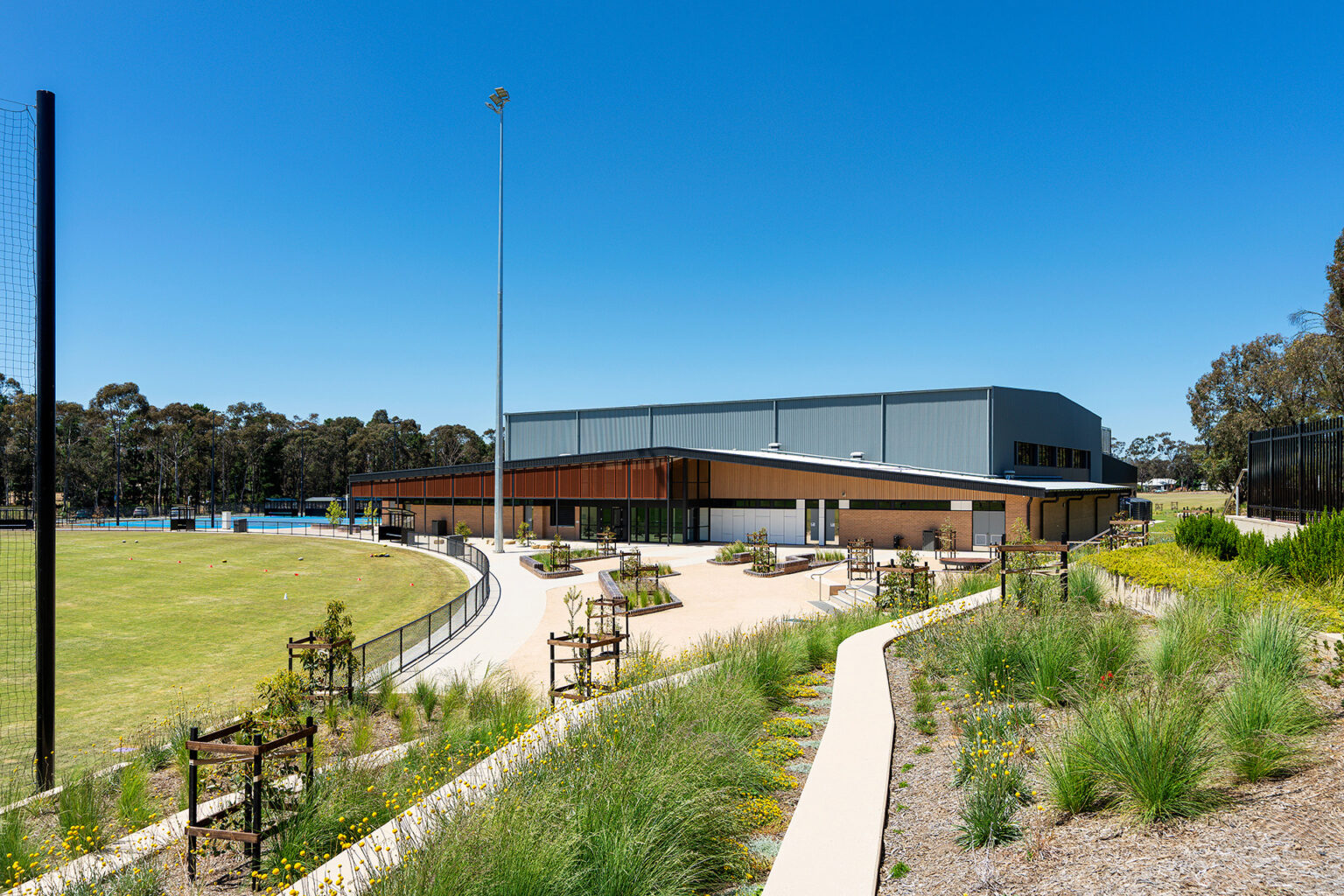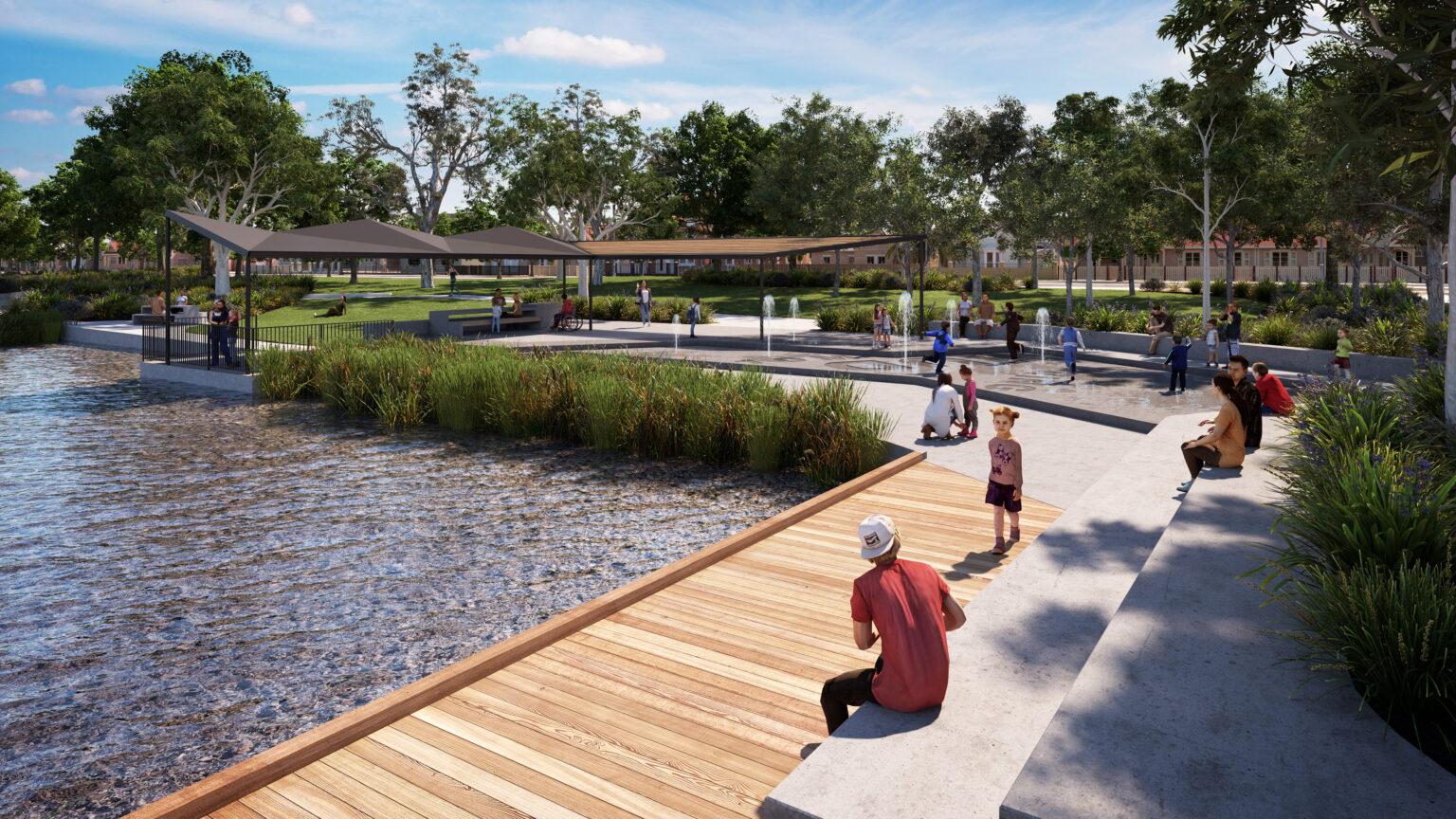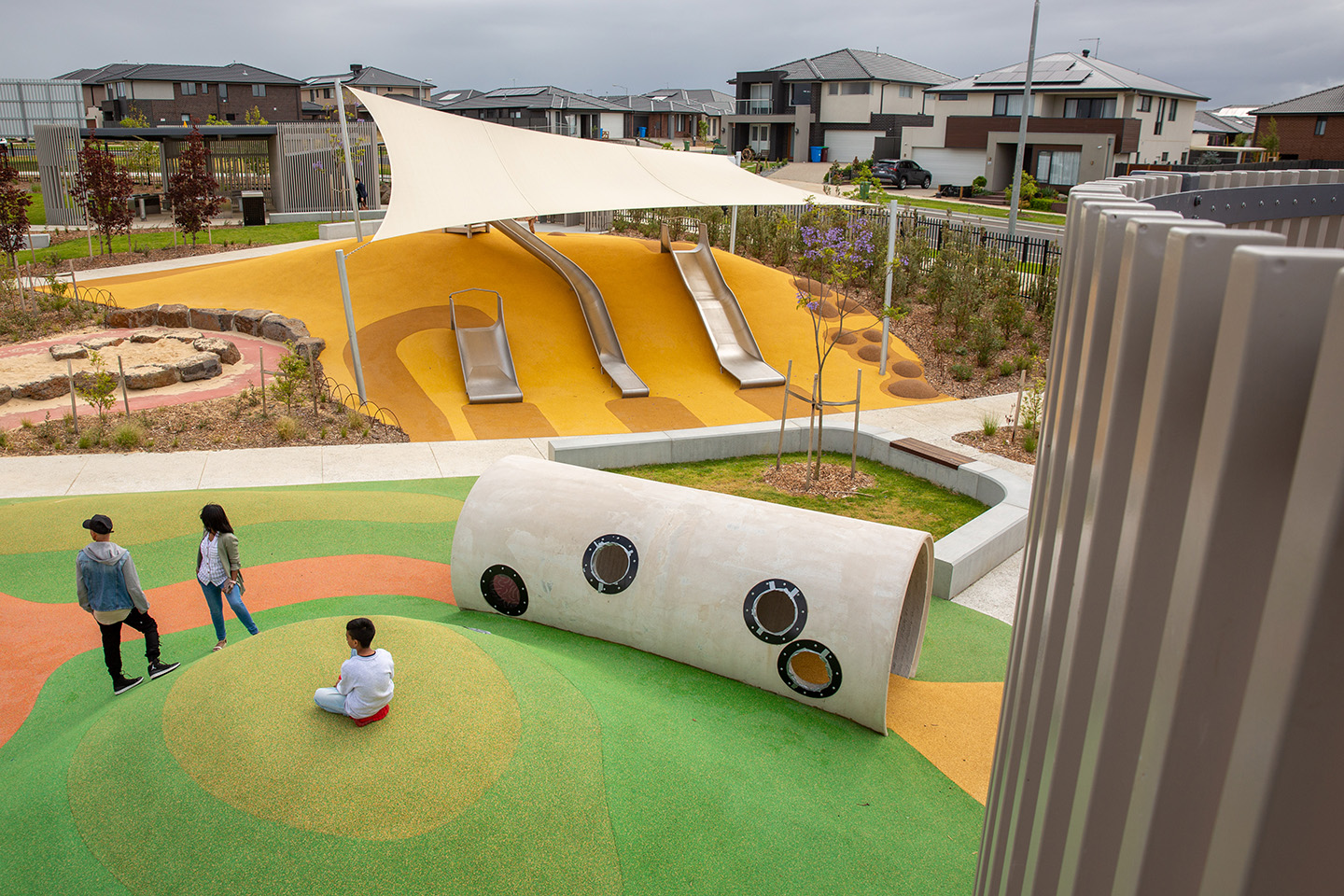Elliot Avenue Billabong Revitalisation
View Full Width
Through enhanced ecological benefits, our team’s work on the restoration of this heritage listed site has led to its transformation, with reinvigorated value for the community.
Client
City of Melbourne
Location
Royal Park, VIC
In 2017 Spiire were engaged to provide landscape architecture, water engineering, surveying and visual media services for the Elliot Avenue Billabong revitalisation project in Royal Park for the City of Melbourne. The team provided site assessment, concept design, detailed design and construction advice services for the revitalisation of the existing billabong.
This project was initiated as a flood mitigation measure due to downstream issues, however, wider benefits became the focus including supplying this existing asset with a water source via the local stormwater catchment and water quality improvement and protection of the heritage listed landscape. In addition, the project has been designed for the future capacity to provide a harvesting asset for the City of Melbourne for the local street tree network and adjacent fields.
Royal Park is a significant site to both post-colonial and Traditional Owner cultural heritage. As such, a redesign required a careful approach within the park’s heritage context to protect the asset as an existing landscape feature. This required a clear understanding of how it sat within the Royal Park Landscape Master Plan and landscape typology within this.
As part of the extensive engagement, Spiire were required to write an application to Heritage Victoria demonstrating that the project offered a net benefit to the site with a design that addressed a high level of consideration for meeting Heritage Victoria’s conservation requirements. Redefining a technical role for the Billabong required assessment of a complicated upstream catchment that included the Zoo and Hospital precincts and a tramway.
A hydrological study, water balance and water quality modelling were conducted to support the integrated landscape design, which includes a raingarden and harvesting component. The Billabong has now been reconstructed as serviced by its new catchment and is well into establishment.
The site is now part of the Royal Park Ranger program to showcase the precinct’s ecological values and as a training module to demonstrate aquatic biodiversity. Through enhanced ecological benefits, a stormwater harvesting capacity and a re-use of the site seedbank in site re-establishment, the site has been transformed with reinvigorated value for the community.
















